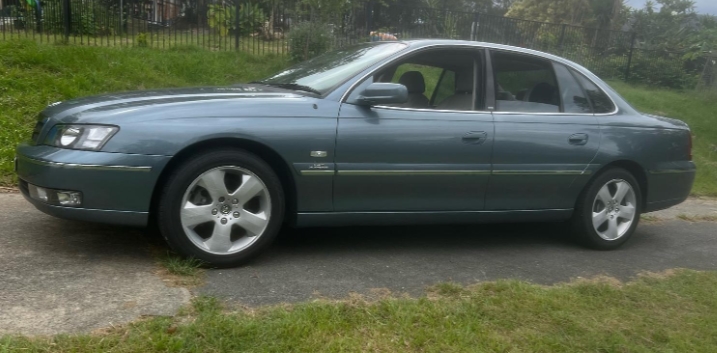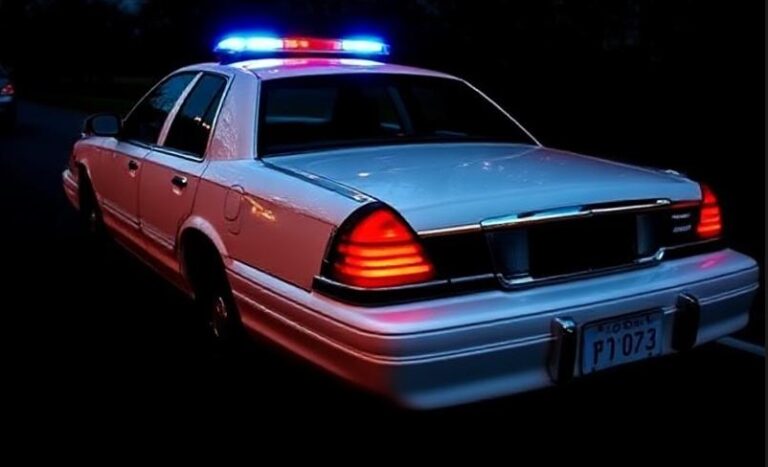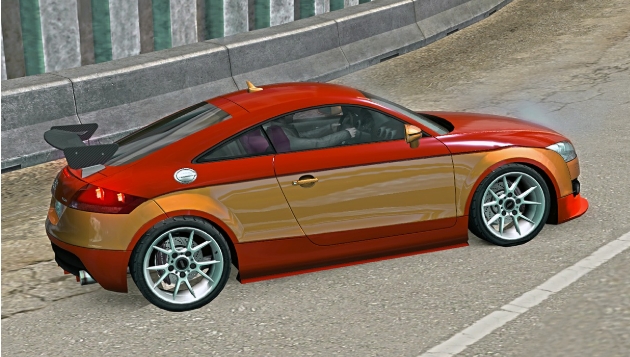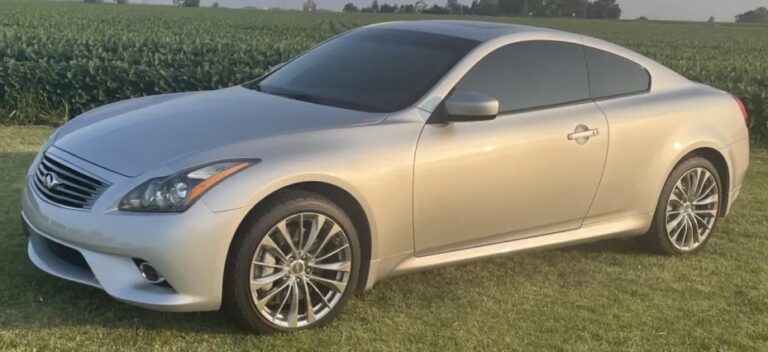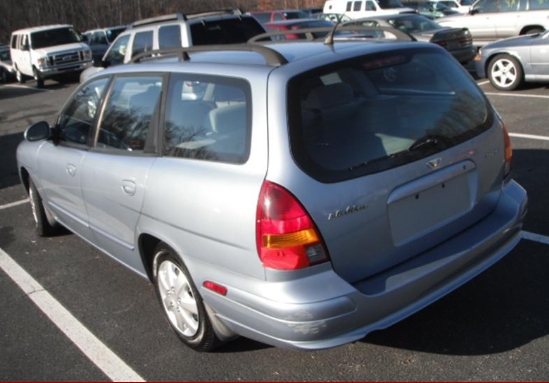The Southern Cross in the Land of the Morning Calm: The Unlikely Evolution of the Daewoo Statesman
In the vast, interconnected world of modern automaking, the practice of badge engineering—placing a new badge on an existing car to sell it in a different market—is a common, if sometimes uninspired, strategy. Yet, occasionally, this corporate synergy produces a vehicle so out of its element that it becomes a fascinating case study in globalization. Such is the story of the Daewoo Statesman, a brawny, rear-wheel-drive Australian executive sedan that found an unlikely second life as a luxury flagship in the sophisticated and fiercely competitive South Korean market. It was a car born under the Southern Cross, destined for the open roads of the Outback, but ultimately tailored for the chauffeurs of Seoul.
The evolution of the Daewoo Statesman is intrinsically linked to the shifting fortunes of its parent companies. In the late 1990s, Holden, General Motors’ Australian subsidiary, was a powerhouse of engineering, creating robust rear-wheel-drive platforms that were the envy of the GM world. At the same time, South Korean automaker Daewoo was facing financial collapse. In 2002, General Motors stepped in, acquiring a controlling stake and forming GM Daewoo Auto & Technology. This new entity needed a flagship model immediately to compete with the dominant Hyundai Grandeur and the prestigious SsangYong Chairman. Instead of investing billions in a new platform, GM looked to its global portfolio and found the perfect candidate Down Under: the Holden Statesman.
The First Generation (1999–2005): An Australian Ambassador Arrives
The journey began with the Holden WH series Statesman and its more luxurious sibling, the Caprice. Launched in Australia in 1999, these long-wheelbase sedans were based on the acclaimed VT Commodore platform. They were large, comfortable, and unapologetically powerful, embodying the Australian ideal of a “big six” or V8 cruiser. GM saw an opportunity to leverage this existing, high-quality product to fill the void at the top of GM Daewoo’s lineup.
In late 1999, Daewoo Motors began importing the Holden WH Statesman into South Korea. It was a straightforward rebadging exercise: the Holden lion emblem was replaced with Daewoo’s insignia, but the car remained, in essence, a pure Australian product.
Model: Daewoo Statesman Years Produced in Korea: 1999-2005 Based On: Holden WH Statesman
Trim Level and Specifications:
During this initial phase, the Daewoo Statesman was offered in a single, high-specification trim level, simplifying its position as the definitive flagship.
Daewoo Statesman: This sole model was equipped with Holden’s venerable 3.8-litre Ecotec V6 engine. This iron-block, pushrod engine was known for its robust torque and reliability rather than high-revving refinement. It produced approximately 200 horsepower (147 kW) and was paired exclusively with a four-speed automatic transmission that sent power to the rear wheels.
Notably, the 5.7-litre Gen III LS1 V8 engine, a celebrated option in the Australian Holden Statesman and Caprice, was not offered in the first-generation Daewoo Statesman. This decision was likely made to position the car as a comfortable, torque-rich limousine rather than a performance sedan, and to avoid higher taxes and fuel consumption figures that might deter Korean luxury buyers.
The car’s primary appeal was its sheer size and distinct foreign character. With a wheelbase of 2,939 mm (115.7 inches), it offered palatial rear-seat legroom, a crucial feature in a market where many luxury car owners were chauffeured. It stood out from its front-wheel-drive domestic rivals, offering the smoother, more balanced ride characteristic of a large rear-wheel-drive platform. Inside, it was generously equipped with leather upholstery, woodgrain trim, climate control, and premium audio systems, aligning it with executive-class expectations.
However, its tenure was not without challenges. It was perceived by some as slightly dated compared to its sleeker Korean and German rivals. Its fuel consumption, while acceptable in Australia, was high for the Korean market. Despite this, it successfully established a foothold, serving as a placeholder flagship and proving that a market existed for a large, comfortable GM sedan.
The Second Generation (2005–2006): A Modernized Successor
By 2005, the automotive landscape had evolved. In Australia, Holden had replaced the WH series with the significantly updated WK (2003) and its subsequent facelift, the WL (2004). These models introduced more contemporary styling, a vastly improved interior, and, most importantly, a new generation of sophisticated engines. GM Daewoo followed suit, launching a new version of its flagship in early 2005 based on the contemporary Holden WL Statesman.
This new model was christened the Daewoo L6 Statesman, a marketing move designed to add a touch of European prestige. The “L6” name was a clever, if slightly misleading, piece of branding. While it evoked the smooth, legendary inline-six engines of brands like BMW, the car was actually powered by GM’s new high-feature Alloytec V6 engines.
Model: Daewoo L6 Statesman Years Produced in Korea: 2005-2006 Based On: Holden WL Statesman
This generation saw the introduction of distinct trim levels, offering Korean buyers more choice and broadening the car’s appeal.
Trim Levels and Specifications:
L6 Statesman 2.8: The new entry-level model was powered by a 2.8-litre LP1 Alloytec V6 engine. This all-aluminium, DOHC engine with variable valve timing was far more modern than the old Ecotec. It produced around 210 horsepower (155 kW) and offered a smoother, more refined power delivery. This model was aimed at buyers seeking the luxury and space of the Statesman with better fuel economy and a lower tax burden.
L6 Statesman 3.6: The premium model featured the larger 3.6-litre LY7 Alloytec V6 engine, the same unit found in the Australian Holden Statesman and premium Commodore models. This engine delivered a much healthier 255 horsepower (188 kW), providing the effortless performance expected of a true flagship. Both engines were paired with a new, more advanced five-speed automatic transmission with manual sequential shifting, a significant upgrade over the previous four-speed unit.
The L6 Statesman was a marked improvement in every respect. The exterior styling was sharper, with revised headlights, grille, and taillights. The interior received a complete overhaul, featuring a modern dashboard, a new centre console with a large infotainment screen, higher-quality materials, and advanced features like DVD entertainment systems for rear passengers. The ride and handling were also refined, cementing its status as a comfortable long-distance cruiser.
Despite these significant upgrades, the L6 Statesman had a remarkably short production run, lasting just over a year. It served as a bridge, a transitional model that kept GM Daewoo in the luxury game while a more comprehensive successor was being prepared.
.
Many car aficionados have multiple hobbies, like boating as well as auto stuff. Those who don’t already own a boat (and even some that do), may have thought about building their own boats. It’s really not as hard as you’d think. Just take a look at these easy boat building plans!

.
The End of the Statesman and its Legacy
The “Daewoo Statesman” nameplate was officially retired in 2006. Its short life was not a sign of failure but rather a precursor to a more ambitious plan. In 2008, GM Daewoo launched its true successor: the GM Daewoo Veritas. Based on the next-generation, all-new Holden WM Caprice, the Veritas was an even larger, more luxurious, and technologically advanced vehicle. It finally brought V8 power to the Korean market in the form of a 6.0-litre L98 V8 engine, alongside the 3.6-litre V6. The Veritas was a clear statement of intent, moving the brand further upmarket.
The story of the Daewoo Statesman is a unique chapter in automotive history. It represents a moment when GM’s global assets were brilliantly redeployed to solve a regional problem. For a brief period, one of Australia’s most iconic vehicles became a symbol of corporate luxury in South Korea. It successfully filled a critical gap in GM Daewoo’s portfolio, paving the way for its more ambitious successors like the Veritas and, later, the Alpheon (a rebadged Buick LaCrosse) and the imported Chevrolet Impala.
The evolution from the simple, single-trim V6 of 1999 to the dual-engine, technologically advanced L6 Statesman of 2005 showcases a rapid response to market demands. Though it was never a volume seller, the Daewoo Statesman remains a memorable cultural crossover—a testament to a time when a car designed for the wide, sun-drenched highways of Australia found a distinguished home amidst the dynamic, neon-lit density of Seoul.
